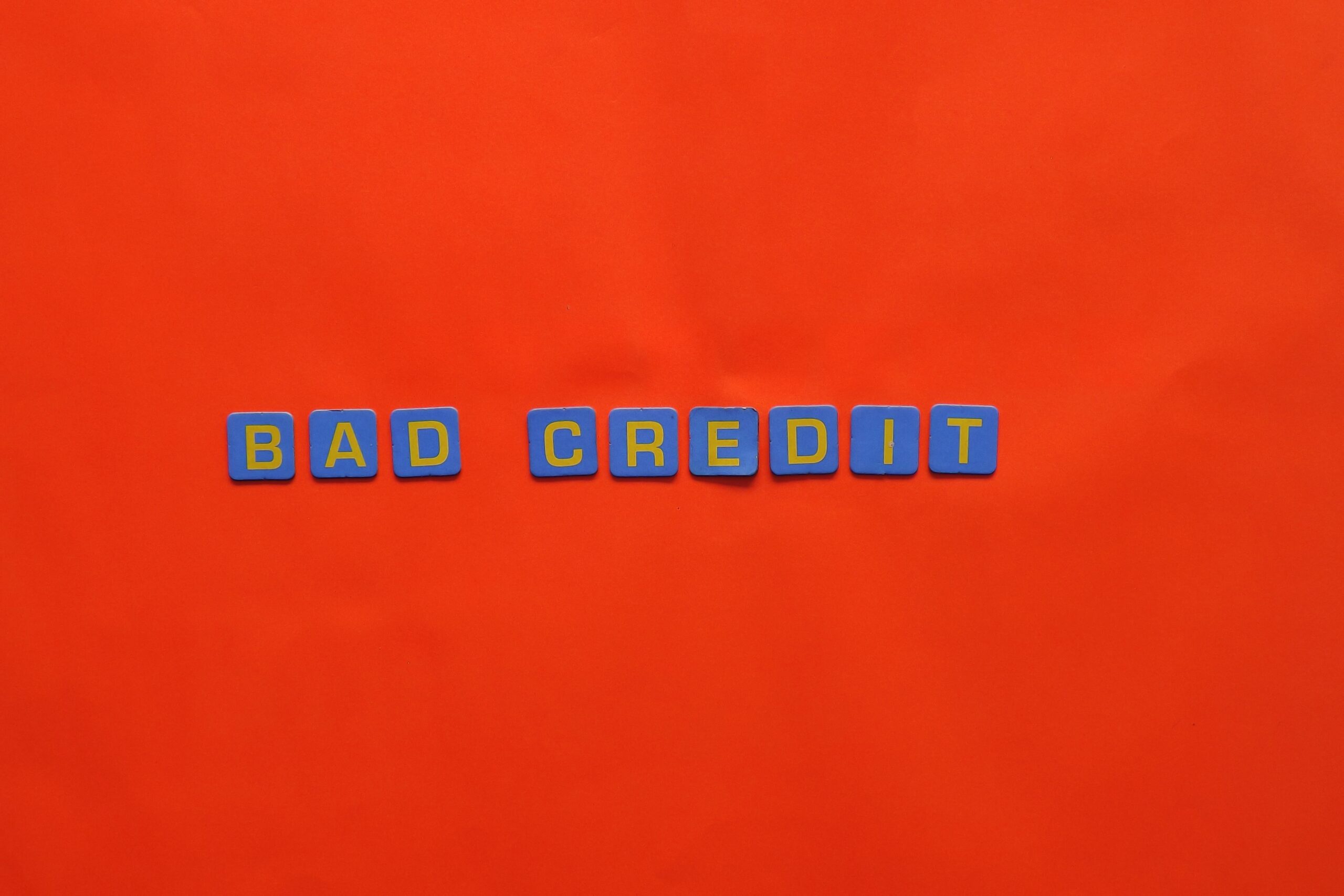Debt Finance for small businesses
Debt Finance for business is simply the term used for different ways of borrowing money – or taking out a small business loan. Unlike equity, debt does not involve relinquishing any share in ownership or control of your business.
There are a huge variety of small business loan funding options available, and whatever stage of finance your business is at, our platform can match you. Options range from asset funding to invoice finance to crowdfunding. We’ve detailed some of the popular business debt options below, but register for full access to all the alternative finance options available.
For more information and to discuss your options for small business funding, either register or get in touch at hello@swoopfunding.com and let the friendly Swoop experts walk you through your options – we’ll ensure you’re only put forward to the most appropriate providers.
Invoice financing
What is Invoice Financing?
Invoice Financing allows you to borrow money against the amounts due from customers. Businesses pay a percentage of the invoice amount to the lender as a fee for borrowing the money.
Banks have been successfully challenged in this space by alternative lenders over the last five years by a new breed of provider who offers; higher percentages, ability to extend the term, ability to be confidential, lower costs.
Invoice Financing can help with issues related to customers taking a long time to pay and difficulties obtaining other types of business credits.
Understanding Invoice Financing
When businesses sell goods or services to large customers, they often do so on credit. This means that the customer does not have to pay immediately for the goods that they have purchased. The purchasing company is given an invoice that has the total amount due and the bill’s due date. However, offering credit to clients ties up funds that a business might otherwise use to invest or grow its operations. To finance slow-paying accounts receivable or to meet short-term liquidity, businesses may opt to finance their invoices.
Invoice Financing is a form of short-term borrowing that is extended by a lender to its business customers based on unpaid invoices. Through Invoice Factoring, a company sells its accounts receivable to improve its working capital, which would provide the business with immediate funds that can be used to pay for company expenses.
Discuss Invoice Finance for your small business, as well as other potential business funding options, by getting in touch with our team of experts or registering on our site.
Supplier Finance
What is Supplier Finance?
Supplier Finance plays an important role in improving the cash flow and operations of a company. Supplier Finance provides companies with credit to buy goods from their own suppliers. In turn, they can use these products to deliver larger orders or build inventory
Unlike other types of financing, Supplier Financing expands the company’s existing financial capabilities. This solution is used by manufacturing companies and product distributors. It can help them purchase raw materials and products on credit. Thus, enabling them to fulfil new purchase orders or build inventory.
Supplier Financing is attractive because it is compatible with most other financing solutions that a company may have already in place, e.g. invoice factoring, business lines of credit or asset-based loans.
Understanding Supplier Financing
The biggest advantages to Supplier Financing is that it’s invisible to your clients and available on an “as-needed” basis. It’s easy to implement and available to help finance all size of business including SMEs.
It is important to keep in mind that Supplier Financing only covers the cost of buying products or raw materials, not labour or other costs. It can only help up to the amount that the company can be credit insured.
Supplier Financing is available to businesses and SMEs that manufacture or distribute goods. The business will need to have operated for a minimum of three years, provide accurate financial statements and have product liability insurance.
For a discussion on whether Supplier Finance would be suitable for your business, or to discuss other small business funding options, please get in touch with our team or register your business here.
Order Finance
What is Order Finance
Order Financing or Purchase Order Financing (PO) is a funding option for businesses requiring cash to fulfil customer orders. In a small business cash flow is a major problem, and there is likely to be occasions when the cash is not readily available to deliver against an order. Turning the order down would mean a loss of revenue and impact in the business in other negative ways, for example, reputation.
Simply put, Order Financing involves one company paying the supplier of another company for goods that have been ordered to fulfil the job for a customer. Basically put, Purchase Order Financing is an advance covering some, or all, of the order.
Understanding Order Finance
It is quite easy for a small business to qualify for a Purchase Order Financing. The lender is interested in the creditworthiness of the client who created the purchase order. With a strong credit history, Purchase Order Financing is fairly straightforward to get.
Unlike bank financing, lenders of Order Finance depends on the financial strength and of the company who has placed an order with a particular business, and not on the business itself. This makes it a viable funding option for new businesses and those with average credit ratings.
To discuss whether Order Finance is a suitable funding option for your small business, register here, or contact our team of experts.
Asset Finance
What is Asset Finance
Simply put, Asset Finance is a type of business funding used to access the equipment, machinery and vehicles a company needs, without having to find the upfront costs. Businesses can also use Asset Finance to release cash that’s tied up in the value of their current assets – this is called Refinancing.
Asset Finance is fairly straightforward in how it works. Simply put, the lender pays for the asset upfront so the business does not have to, and then the business pays a recurring fee for a set period of time to use the asset. The two most common types of Asset Finance are Hire Purchase and Lease Financing.
- Hire Purchase gives you the option to purchase the asset for a fee at the end of the agreement. Businesses will generally pay a higher amount upfront and then the remaining cost of the asset is split and repaid at a pre-agreed fixed-rate of interest per month until the end of the agreement.
- Lease Financing is when the funder purchases the asset and the borrower has use of the asset during the lease period while it pays a series of instalments. With Lease Financing, businesses generally pay a lower amount upfront than you would for Hire Purchase and the remaining cost of the asset is split and repaid at a pre-agreed fixed-rate of interest per month until the end of the lease. It is possible for the business to keep the asset at the end of the primary lease period, however, this may be subject to an annual rental.
To understand more about whether Asset Finance is suitable for your small business funding needs, please register here or call our team of experts for advice.
Term Loan
What is a Term Loan?
A Term Loan is a loan that has a specific repayment schedule with a fixed or floating interest rate. A Term Loan can be appropriate for an established small business with solid financial statements and the ability to make a substantial down payment to minimize repayment amounts and therefore the total cost of the loan. The ability to repay over time makes it an attractive small business loan, as the expectation is that they will increase their profit over time. Term Loans are a good way of quickly increasing capital.
Understanding Term Loans
In business borrowing, a Term Loan is usually used for equipment, property, or working capital, and is paid off between one and 25 years. Often, a small business uses the cash from a Term Loan to purchase fixed assets, such as equipment or a new building for its production process. Some small businesses borrow the cash they need to operate from month to month, and many lenders have established Term Loan programs specifically to help companies in this way.
A short-term loan is a loan for a short period of time, usually lasting up to a year or 18 months. It is generally offered to companies that don’t offer a line of credit.
A long-term loan can run from 3 to 30 years. It requires monthly or quarterly payments from cashflow or profit. The loan may limit other financial commitments, including other debts, dividends or principals’ salaries and can require an amount of profit set aside for loan repayment.
An intermediate-term loan generally runs more than one – but less than three – years and is paid in monthly instalments from a company’s cash flow.
Balloon Loans are shorter long-term and intermediate-term loans and come with balloon payments. These are called “balloon” because the final instalment swells or “balloons” into a much larger amount than any previous ones.
The team of experts at Swoop will be happy to explain the best way for you to go about funding your small business. Get in touch today.
Overdrafts
What are business overdrafts?
A business overdraft is an extension of credit from a lending institution that starts when an account reaches zero. The overdraft allows the account holder to have access to, or to withdraw, money even when the account has an insufficient amount to complete a transaction.
Business overdrafts can be a really useful way of small businesses accessing a working capital buffer when they need the cash quickly. For other businesses, they’re more like a safety net that is used rarely, but invaluable in times of need.
It has become harder to get traditional business overdrafts from the major banks — but luckily there are lots of alternatives.
The team of experts at Swoop will be delighted to discuss the various funding options for your small business. Register now or contact our team.
Unsecured Lending
What is Unsecured Lending?
Unsecured Loans are loans provided by a lender to a borrower without the use of property or other assets used as collateral to protect against missed repayments or defaults. An Unsecured Loan is the direct opposite of a Secured Loan, in which a borrower pledges some sort of asset as collateral for the loan, eg car or home. If a repayment is missed or the account defaults the asset used to secure the loan is seized. The seized asset is then sold as a means of repaying the loan. As there is no asset used in this case, the loan is unsecured. Because of this, the funds available for Unsecured Loans for small businesses are generally lower and the interest rate is higher – as there is a greater degree of risk attached to an unsecured loan.
Understanding types of unsecured loans
- A Term Loan is a loan that the borrower pays in equal instalments until the loan is paid off at the end of its term. While these loans are often linked with secured loans, there are also unsecured term loans.
- A Consolidation Loan occurs when someone pays off several smaller loans with one larger loan. A consolidation loan to pay off credit cards or a signature loan from a bank would both be considered an unsecured term loan.
- A Revolving Loan is an agreement which allows for the loan amount to be spent repaid and spent again in any manner and any number of times until the loan arrangement expires. An example of this is a credit card or personal line of credit.
To find out more, and to understand the options for Unsecured Lending for your small business, please get in touch with our team of funding experts or register your business with Swoop.
Working Capital Loan
What is a Working Capital Loan?
A Working Capital Loan for business is a short-term loan taken to cover a company’s everyday operations. A Working Capital Loan is not used to buy long-term assets or investments but to provide the working capital that covers a company’s short-term operational needs. These short-term needs could include the likes of rent or payroll.
Many companies do not have stable or predictable revenue throughout the year. Manufacturing companies, for example, have cyclical sales that correspond with the needs of retailers. Most retailers, for example, sell more product during the fourth quarter – the holiday season – than at any other time of the year. This makes Working Capital Loans appealing for these types of business.
Understanding Working Capital Loans
The immediate benefit of a Working Capital Loan is that it’s easy to obtain and lets business owners efficiently cover any gaps in working capital expenditures. The other noticeable benefit is that it is a form of debt financing and does not require an equity transaction, meaning that a business owner maintains full control of their company, even if the financing need is dire.
Some Working Capital Loans are unsecured. If this is the case, a company is not required to put down any collateral to secure the loan. However, only companies or business owners with a high credit rating are eligible for an unsecured loan. Businesses with little to no credit have to securitise the loan.
Our team of funding experts at Swoop can talk you through the various funding options for small businesses available to you, just register here or get in touch
Retail Finance
What is Retail Finance?
Swoop has a number of providers offering Retail Finance for small businesses. Retail Finance is the offering of stage payments or credit facilities to suitable creditworthy customers. Retail Finance lets merchants offer their customers the ability to pay for a product over the course of a set number of months, quickly and at no extra cost.
With the customer not having to pay a lump sum at the checkout, retail finance increases the merchant’s sales, average order values and repeat custom.
Understanding Retail Finance
By offering the customer to pay in set instalments you are diminishing the customers’ immediate financial concerns, leaving them more relaxed. Some retailers feel that they cannot sell high priced items as they may not be able to target their desired customers. By offering Retail Finance, the customer can budget their spend over the set monthly instalments at 0% interest.
Retail finance can boost order values by leaving the customer with a surplus of immediate cash at the checkout. This may encourage them to purchase more items in their order.
To understand your small business Retail Finance options, please register or get in touch with our friendly team of Swoop funding experts.

































 yet? Register here!
yet? Register here!